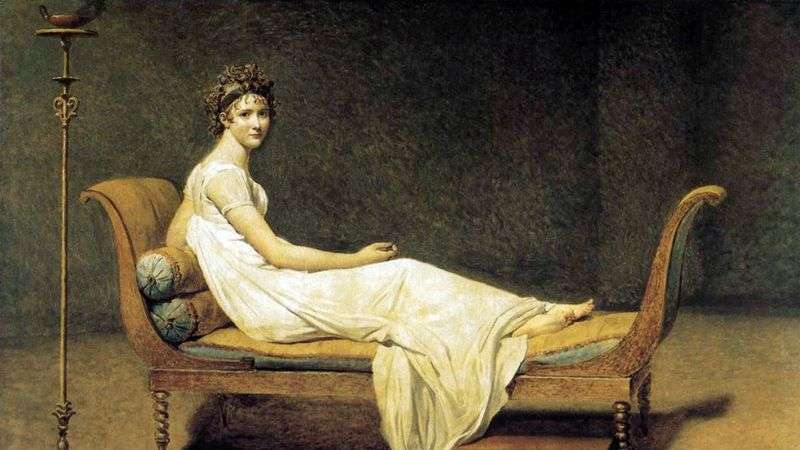
The trip through the wilderness from Boston to In October of that year, Knight set out for New Haven to help Trowbridge's widow with legal matters. Trowbridge died within two months after the marriage. In 1704 one of the boarders at her Boston residence married her cousin, Caleb Trowbridge, who lived in New Haven, Connecticut.
There is little evidence, however, to support the popular claim that Knight taught the future scientist and statesman Benjamin Franklin (see Benjamin Franklin: A Biography in His Own Words) at the writing school she operated after her husband died in 1706.īecause of her legal skills, Knight was able to take on many business responsibilities. Historians have found hundreds of official papers that bear her signature as well as court records presumably written by her. In addition she engaged in legal activities such as assisting in settling estates (the property of deceased persons) and recording public documents. Upon the death of her father, Knight took over as head of his household and ran a boarding house (a lodging house where meals are provided), where many of her relatives lived. Before her father died in 1689, she married Richard Knight, a widower (a man whose wife has died) and shipowner who was much older than herself. As a young woman, Knight acquired the education that enabled her to write her famous diary and to participate in business and legal activities. Knight's father was a merchant who owned land in the area that is now Maine. Her mother was the daughter of Nicholas Trerice, a shipowner in Charlestown, Massachusetts. Knight was born on April 19, 1666, in Boston, Massachusetts, to Thomas Kemble and Elizabeth (Trerice) Kemble. In addition to writing the journal, Knight was a successful businesswoman and legal advisor. At that time many women could not read or write, let alone take on a difficult journey through the wilderness. It also reveals Knight's strong personality, which enabled her to overcome the limitations placed on women. This remarkable diary provides a detailed portrait of the landscape and culture of early colonial Massachusetts, Connecticut, and New York.

Published in 1825, nearly a century after Knight's death, it is an account of her journey through New England in 1704. One of the most popular works of travel literature from the colonial period is The Journal of Madame Knight by Sarah Kemble Knight (1666–1727). Private journals and diaries also offer glimpses of how people lived-and how they managed to travel long distances-in various parts of America. Frequently Europeans went to America on business and later published their impressions of the colonies (see Per Kalm's "Impressions of New Jersey and New York"). Founders of colonies tried to attract new settlers with books and pamphlets that promoted the benefits of living in America (see Thomas Harriot's A Brief and True Report of the New Found Land of Virginia and William Penn's The Propriety of Pennsylvania). European explorers recorded their impressions of the New World (a European term for North America and South America) in reports they sent back to their home countries to encourage future exploration or colonization (see " Christopher Columbus Reports to Ferdinand and Isabella" "Alonso de Benavides Reports New Mexico Indians Eager for Conversion" and "Jolliet and Marquette Travel the Mississippi"). Historians have learned quite a bit about the colonial period from records kept by explorers, settlers, and travelers. "This Rode was poorly furnished with accommodations for Travellers, so that we were forced to ride 22 miles by the post's account, but neerer thirty by mine, before we could bait so much as our Horses."

Excerpt from The Journal of Madame Knight


 0 kommentar(er)
0 kommentar(er)
